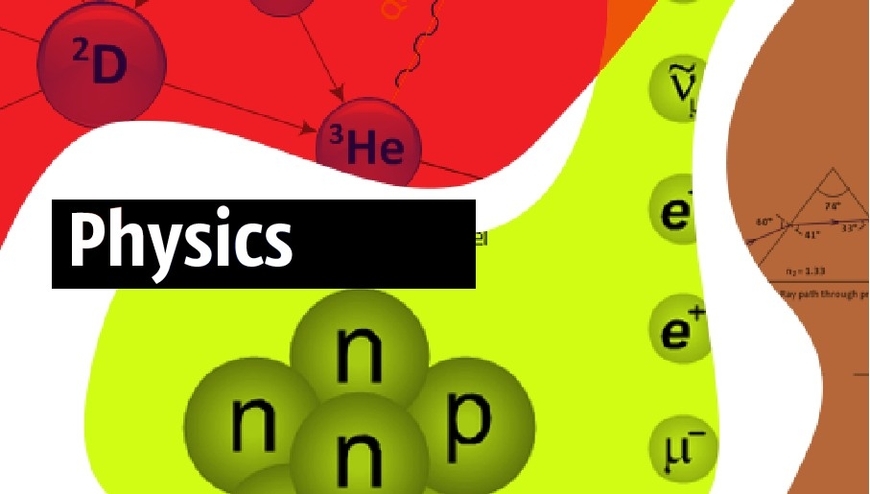
The Physics Symbols Chart 92 is a comprehensive list of symbols used in physics. It contains symbols for physical quantities and their international units, as well as mathematical symbols used in physics calculations. The chart is divided into sections based on the type of physical quantity, such as space and time, mechanics, thermal physics, waves and optics, electricity and magnetism, modern physics, mathematics, Greek alphabet, astronomy, and music.
The chart uses different fonts to distinguish between vector and scalar quantities. Vector quantities are written in a bold, serif font, while scalar quantities and the magnitudes of vector quantities are written in an italic, serif font. Mathematical symbols are written in a roman, serif font, except when they are applied to calculations with units. Units are written with a roman, sans-serif font.
Here are some examples of symbols and their meanings:
– r: position, separation, radius, radius of curvature
– s: displacement, distance
– ?, ?: angle, angular displacement, angular separation, rotation angle
– x, y, z: Cartesian coordinates
– i?, j?, k?: Cartesian unit vectors
– ?, ?, z: cylindrical coordinates
– ??, ??, z?: cylindrical unit vectors
– n?: normal unit vector
– t?: tangential unit vector
– h: height, depth
– ?, L: length
– d: distance, separation, thickness
– D: diameter
– C: circumference
– A: area, cross-sectional area, projected area, surface area
– V: volume
– t: time, duration
– T: period, periodic time
– f: frequency
– ?: angular frequency
– v: velocity, speed
– a: acceleration
– g: gravitational field, acceleration due to gravity
– m: mass
– F: force
– p: momentum
– J: impulse
– W: work
– E: energy, total energy
– K: kinetic energy (translational, rotational)
– U: potential energy (gravitational, spring)
– Vg: gravitational potential
– ?: efficiency
– P: power
– ?: torque
– I: moment of inertia
– L: angular momentum
– H: angular impulse
This is just a small sample of the many symbols included in the chart.

